-31%
Understanding the Pillars of Early Hearing Detection and Intervention (EHDI)
In the realm of healthcare, a collaborative effort between international experts unveils a compelling body of evidence that underscores the efficacy of universal newborn hearing screening (UNHS) and the subsequent early detection and intervention services (EHDI). Recognizing the fundamental elements that underpin the success of UNHS/EHDI programs, this comprehensive guide delves into the intricacies of screening technologies, resource allocation, data management, and family-centric early intervention strategies.
The Rationale for UNHS/EHDI Programs
The profound impact of hearing loss on a child’s development necessitates prompt identification and intervention. UNHS/EHDI programs provide a systematic and cost-effective approach to detecting hearing loss in newborns, enabling early diagnosis, treatment, and support. By implementing these programs, nations can significantly reduce the prevalence of untreated hearing loss and its potential consequences, empowering children with hearing impairments to reach their full potential.
Global Overview of Screening Programs
Globally, the status of newborn and infant hearing screening programs varies considerably. While some countries have established comprehensive screening systems, others face challenges in deploying resources and implementing effective strategies. The guide explores the current landscape of screening programs worldwide, identifying best practices and areas for improvement.
Prevalence and Performance of Screening Programs
The prevalence of newborn hearing loss, a significant public health concern, is addressed in detail. The guide examines the factors that influence hearing loss in newborns and analyzes the performance of screening programs in different regions. By understanding the etiology and incidence of hearing loss, healthcare professionals can optimize screening methodologies and improve detection rates.
Essential Components of UNHS/EHDI Programs
Screening Technologies: Advanced screening technologies are crucial for accurate and timely detection of hearing loss. The guide discusses various screening methods, their advantages and limitations, and the selection criteria for different populations.
Resource Allocation: Establishing successful UNHS/EHDI programs requires strategic allocation of resources. The guide analyzes the financial, personnel, and infrastructure requirements and provides guidance on optimizing resource utilization.
Data Management: Robust data management systems are essential for tracking screening results, monitoring program effectiveness, and identifying children in need of follow-up care. The guide explores the latest technologies for data collection and analysis.
Family-Centered Early Intervention: Children with hearing loss benefit immensely from early intervention that involves their families as active partners. The guide emphasizes the principles of family-centered care, including communication strategies, support networks, and educational resources.



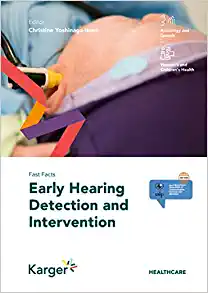
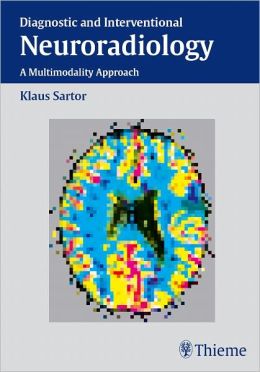
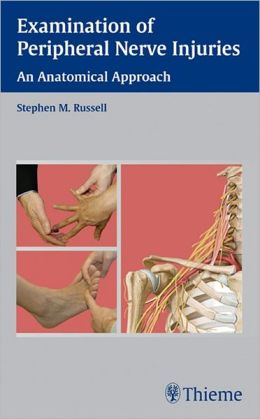
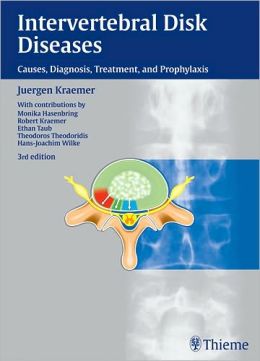
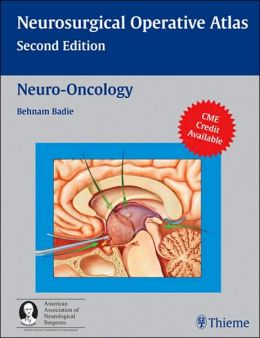


Reviews
Clear filtersThere are no reviews yet.